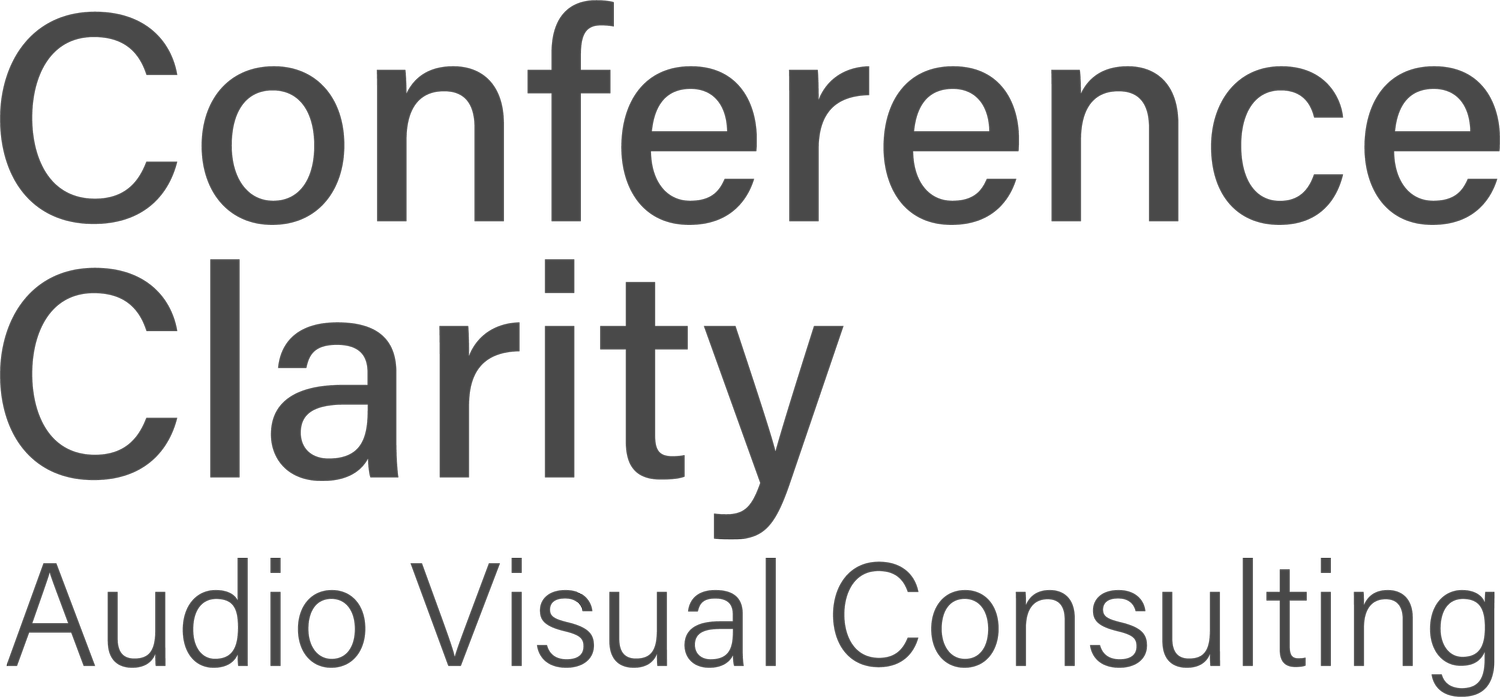AV System Lifespan: When to Upgrade or Replace
If you’ve ever wondered whether your organization’s AV setup is still doing the job — or just barely holding on — you’re not alone. Technology moves fast, and even the most well-designed AV systems don’t last forever. But how do you know when it's time to upgrade, and when it’s smarter to replace the whole system?
Let’s break down how long AV systems typically last, what signs to watch for, and how to make the right decision for your space and budget.
How Long Does an AV System Last?
A well-installed AV system typically lasts 5 to 7 years — sometimes longer with proper maintenance. But that doesn’t mean every component ages at the same pace.
Here’s a quick breakdown of typical lifespans:
Displays (LED/LCD): 5–7 years
Projectors: 4–6 years (often less if heavily used)
Speakers and Amplifiers: 7–10 years
Control Systems: 5–7 years (may need updates sooner due to software changes)
Video Conferencing Equipment: 3–5 years (depending on usage and platform updates)
Keep in mind: The system might still work after that, but it may no longer meet your needs or integrate with newer platforms.
5 Signs It’s Time to Upgrade or Replace Your AV System
1. Outdated User Experience
If your team dreads using the AV system or constantly calls IT for help, it’s time to rethink the setup. Modern systems should be intuitive and user-friendly.
2. Poor Performance or Reliability
Frequent glitches, lagging video, bad audio, or connectivity issues are red flags. These problems impact productivity and the impression you make on clients or partners.
3. Incompatibility with New Tech
AV systems that can’t integrate with current conferencing platforms (like Zoom, Microsoft Teams, or BYOD devices) can seriously limit functionality.
4. Costly Maintenance or Workarounds
If you’re spending more time and money patching issues or adding temporary fixes, it’s likely more cost-effective to invest in an upgrade or replacement.
5. Business Growth or New Needs
New locations, hybrid work, or larger teams might require more scalable or flexible AV solutions that your current system can’t support.
Upgrade or Replace? How to Decide
Sometimes you can refresh key parts of your AV system and extend its life. Other times, starting fresh is the better investment. Here’s how to think about it:
💡 When to Upgrade:
The core system is solid, but you need newer interfaces or features
You’re adding components (like wireless sharing or better microphones)
Budget is limited and you need incremental improvements
🔄 When to Replace:
The system is outdated or no longer supported by manufacturers
You're reconfiguring the space entirely (e.g., turning a boardroom into a hybrid meeting hub)
AV issues are affecting productivity or customer experience
Your needs have changed significantly (e.g., more virtual collaboration, multiple rooms, etc.)
Future-Proofing Your AV Investment
Here are a few smart strategies to make sure your next AV upgrade or replacement lasts:
Design with flexibility: Choose systems that can scale or evolve with your organization
Standardize where possible: Helps simplify training and reduce troubleshooting
Plan for software updates: Some modern AV systems improve over time with cloud updates
Work with experienced consultants and integrators: The right design from the start makes all the difference
Final Thoughts
Your AV system should work with your team — not against it. If you're spending more time fixing issues than benefiting from the tech, it may be time for a change. Whether you need a few smart upgrades or a full system overhaul, making the right move now will save you time, money, and frustration in the long run.
Need help figuring out whether to upgrade or replace your AV system? We’d love to chat.
